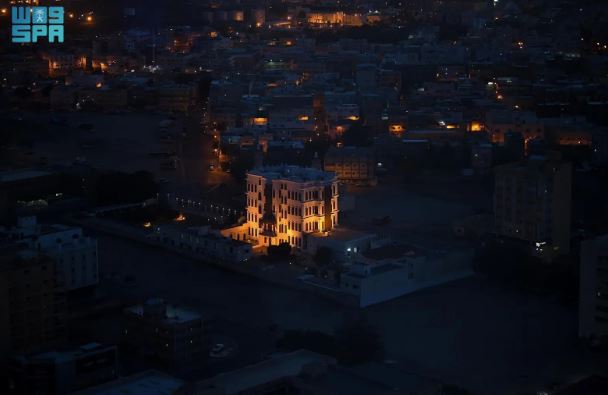
Historic Shubra Street -- A Timeless Tale in Taif
Taif, with its intertwined roads and neighborhoods, offers a rich tapestry of history for modern generations.
Many of the city's streets and neighborhoods have names that go back centuries, even reaching the early Islamic era.
Shubra Street resembles a city within a city; it is rich in art and architecture and vibrant. It has thrived as a bustling center since ancient times.
The city is nestled amidst Taif's verdant orchards, and exudes a timeless charm.
Recognized by visitors as a city in itself, Shubra Street has played a vital role as a unifying and historical hub. Housing prominent figures and diverse cultures, it has been a center for public services, government offices, educational institutions, and healthcare facilities.
It having been used as a government seat by King Abdulaziz Al Saud solidified its status as a historic landmark. The tradition persisted with King Saud and King Faisal, who used it as the Cabinet's summer headquarters. Over time, it evolved into the headquarters of the Ministry of Defense, and eventually became a museum, in 1986.
Historian Essa Alqusaier, speaking to the Saudi Press Agency, highlighted the significance of Shubra and its markets in Taif's narrative; it tells the stories of its residents and their vibrant community life.
Alqusaier underscored Shubra's cultural importance, pointing out its ties to traditional arts, folklore, and community gatherings.
Even today, Shubra remains a notable focal point in the works of scholars and historians, symbolizing a significant chapter in history. Its legacy will endure, with future generations continuing to appreciate the heritage associated with this iconic street.








